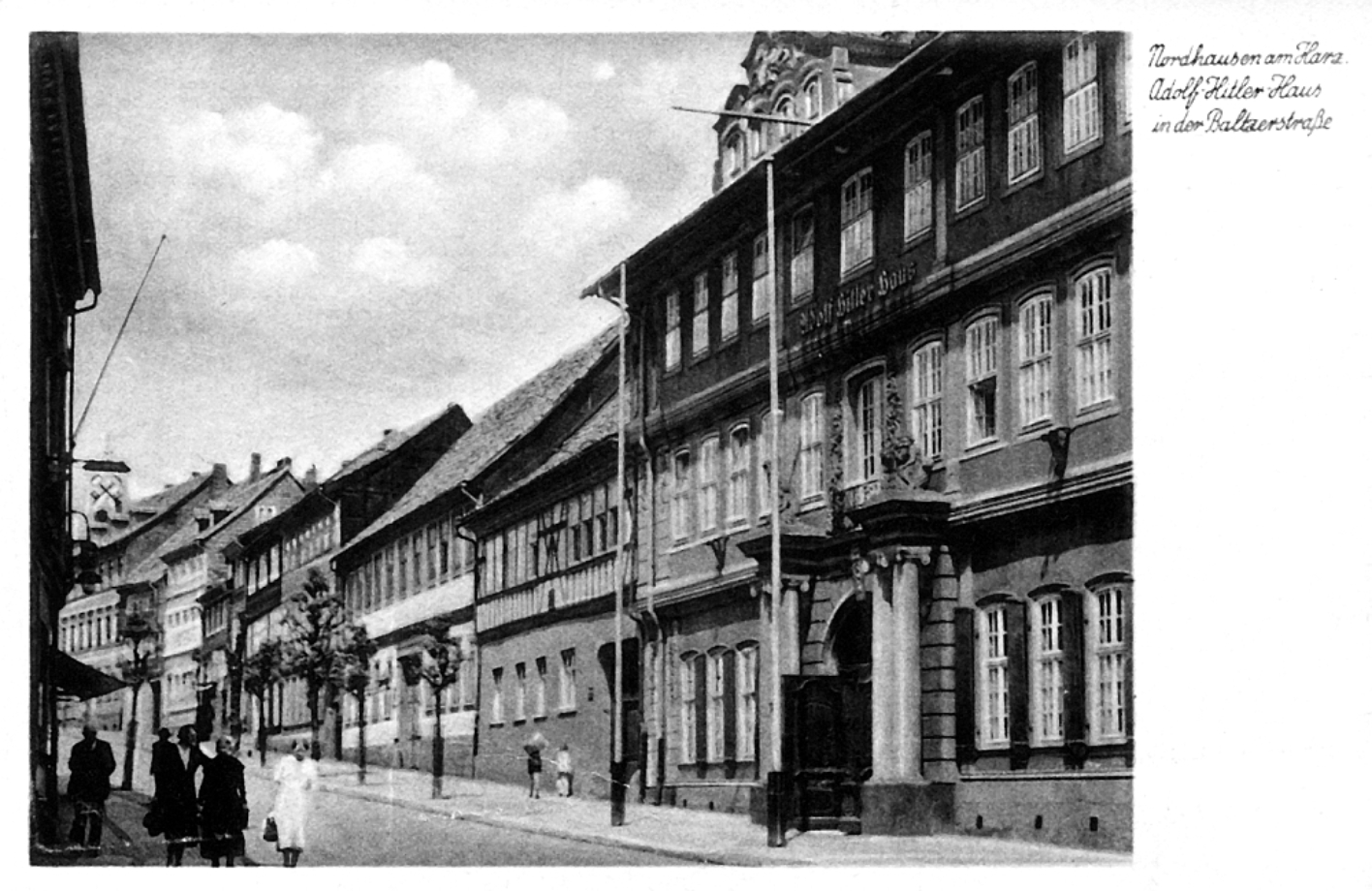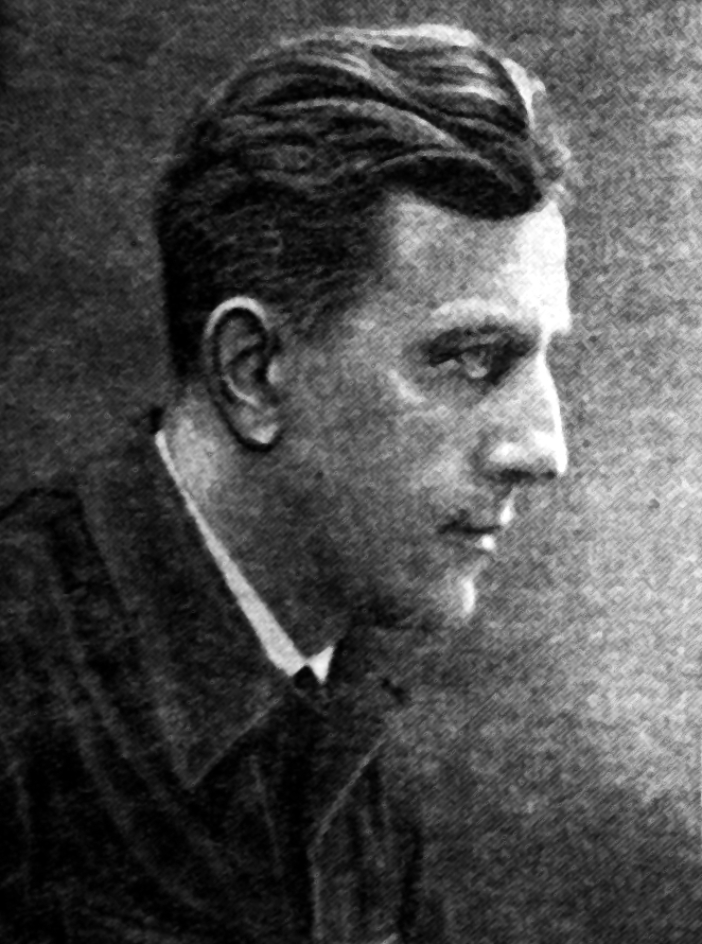

In many German cities, representative public buildings housed the local party headquarters of the NSDAP after 1933 as so-called "Adolf-Hitler-Haus" or "Braunes Haus". The Nordhausen NSDAP leadership was based in the former "Kaiser-Wilhelm-Vereinshaus" in Baltzerstraße, which was renamed Adolf-Hitler-Haus in 1933. The seat of the party's district leadership and the offices of the Hitler Youth and the National Socialist women's organisation were located here.
During the first months of Nazi rule, there were clashes within the local party elite in Nordhausen that did not fit in with the propagated image of a unified party. The first
The conflict flared up in the spring of 1934 when the position of district administrator of Grafschaft Hohenstein, which surrounded the city of Nordhausen, was to be filled. Sting was appointed interim district administrator, bypassing Keiser, who also claimed this post for himself. Keiser was related by marriage to the
The inner-party conflict did not end there, as Sting submitted a compromising report on Keiser to the public prosecutor's office in summer of 1934. An arrest warrant was issued against Keiser for abuse of office. On 19 October 1934, three days before the court hearing, Heinz Sting was again suspended as mayor. Gauleiter Sauckel appeared in person at the trial against Keiser, who was sentenced to one year and nine months in prison for coercion, attempted extortion and negligent physical injury. Due to a pardon from Prussian Prime Minister Göring, Keiser remained at large and returned to his position as NSDAP district leader. Sting was temporarily expelled from the party. From 1939, he held the position of government director in Braunschweig.
Despite his Nazi background, Sting was able to continue his career as a ministerial civil servant in Lower Saxony after 1945. In various regional historical publications on the history of Nordhausen, he presented himself as a politician of integrity who had stood up to the riotous National Socialists. His involvement in the
